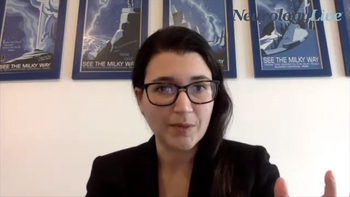
The neurologist from Massachusetts General Hospital discussed physician rationales behind prescribing DMT use in RIS.

The neurologist from Massachusetts General Hospital discussed physician rationales behind prescribing DMT use in RIS.

Researchers found that the percentage of telemedicine visits increased from 15% to 72.8% during the COVID-19 pandemic.

Researchers found that higher NIHSS scores on admission and a successful first-pass effect were predictors of reaching early neurological improvement.
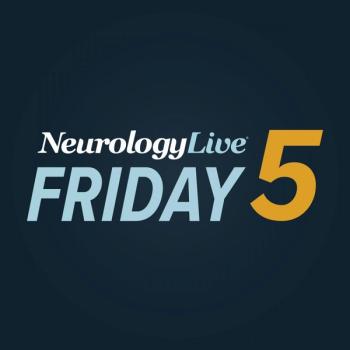
Take 5 minutes to catch up on NeurologyLive's highlights from the week ending March 5, 2021.

The president of the Americas Committee for Treatment and Research in MS discusses his takeaways from this year’s virtual forum.

At 18-month follow-up, 70% of those with an advanced Alzheimer disease pattern had 1 point or more increase in CDR-SB, an event predefined as clinically meaningful deterioration.

The assistant professor of neurology at Thomas Jefferson University discussed areas of poststroke care that need improvement including a more streamlined process.

The assistant professor of neurology at Mayo Clinic discussed his presented talk at ACTRIMS Forum 2021 on autoimmune encephalitis.

The duo from Cleveland Clinic discussed the reasons for choosing cycling as part of their newly initiated clinical trial, as well as what has been observed for home-based exercise interventions.
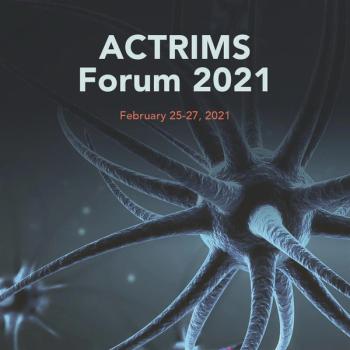
Researchers also found that patients with progressive MS had longer disease duration before starting DMTs than those with relapsing MS.

Genetically-index TNF-TNFR1 signaling blockade predicted reduced risk of Crohn disease and ulcerative colitis, and increased multiple sclerosis risk.

The director of research analytics at Cure SMA discussed her research on the economic burden and costs patients with spinal muscular atrophy and their caregivers face.

Researchers used single-cell RNA sequencing on adult, pediatric, and infant surgical tissues to study oligodendrocyte types in order to better understand multiple sclerosis.

Protalix BioTherapeutics intends to report final data on the agent, also known as PRX-102 in the second half of 2021, as well as present those findings at an appropriate medical conference.

The fellow of autoimmune neurology at Massachusetts General Hospital discusses the ongoing question about whether the demyelination is an unmasking of disease or consequence of the treatment.

Additionally, the therapy’s developer Yumanity Therapeutics announced the results of a single ascending dose study and enrollment in a multiple ascending dose study.

Avadel’s investigational therapy for excessive daytime sleepiness and cataplexy in narcolepsy has an action date set for October 15, 2021.
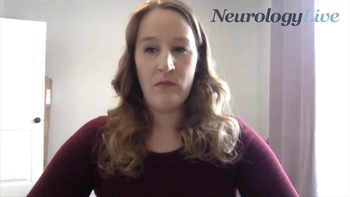
The PhD candidate at the neuroimmunology laboratory at Memorial University of Newfoundland discussed her team’s investigations into the use of IL-1RA as a biomarker for MS disability.
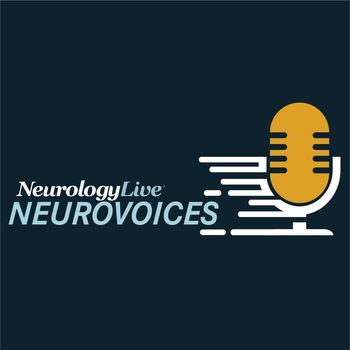
The clinical research coordinator at Massachusetts General Hospital discussed his presentation from ACTRIMS 2021 on electronic pill bottle monitoring to promote MS medication adherence.

The FIREFISH clinical trial by PTC Therapeutics is 1 of several studies underway evaluating risdiplam in SMA.

The recommendation stems from recently published topline data which demonstrated a clinically meaningful treatment response compared to placebo but failed to meet statistical significance.

The chair of the Department of Neurology and the director of the Neuroscience Research Institute at The Ohio State University discussed his lecture at ACTRIMS Forum 2021.

June Halper, chief executive officer of the Consortium of Multiple Sclerosis Centers, provides an inside perspective on MS education during MS Awareness Month.

The headset system from Neurolief was approved based on the findings of a clinical trial of 131 patients with migraine who utilized the device in treatment sessions of up to 1 hour.

The assistant professor of neurology at Mayo Clinic provided his thoughts on the next steps in understanding autoimmune encephalitis and the direction that research must pivot to.

The authors expanded upon the notion that nonadherence to oral DMTs is more nuanced than simply missing doses.

The researchers found that interleukin-1 receptor antagonist levels in plasma correlated with neurofilament light levels in cerebrospinal fluid.

Researchers found that 22 of 23 patients with elevated CSF NfL at baseline had normal levels at 2-year follow-up.

The chief medical officer at Clene Nanomedicine discussed the recently presented data on CNM-Au8 from the VISIONARY-MS trial.

The authors noted that future studies evaluating the time course of fatigue in patients with multiple sclerosis are needed.